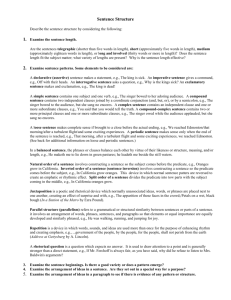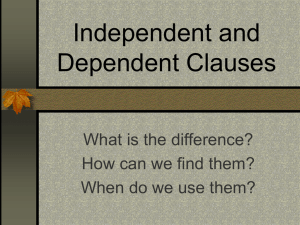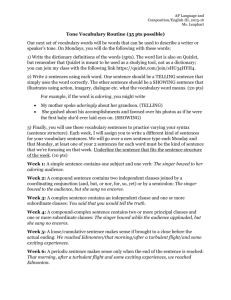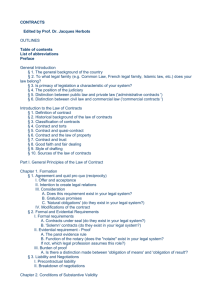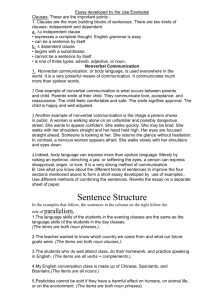Toward the Functional Definitions of Clauses and
advertisement
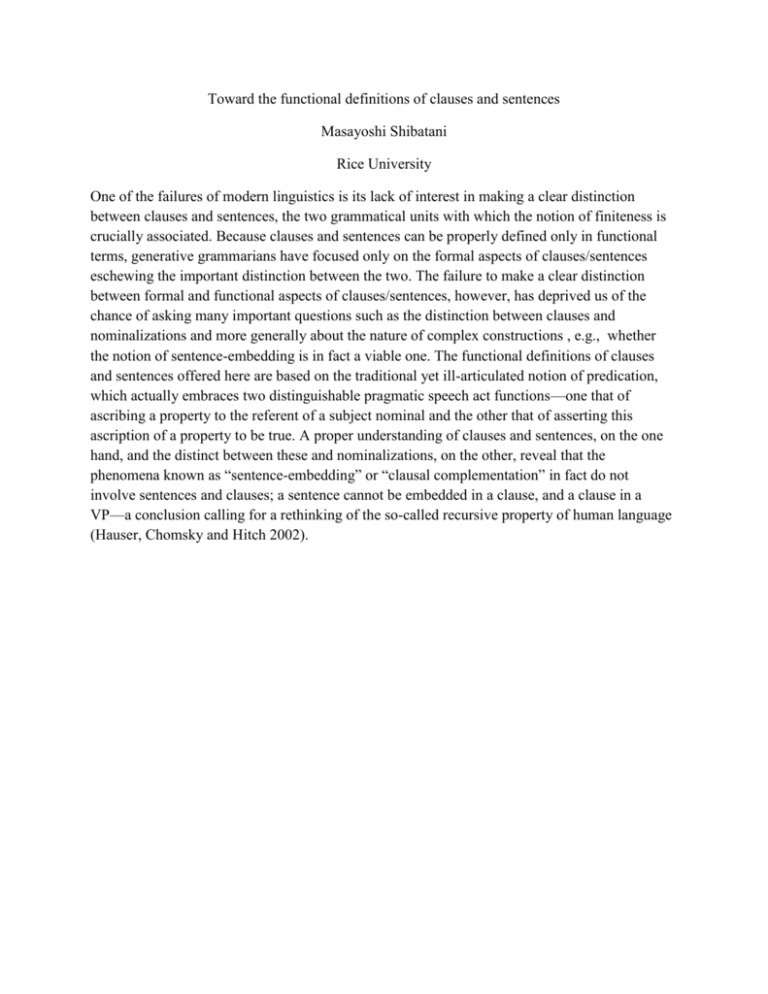
Toward the functional definitions of clauses and sentences Masayoshi Shibatani Rice University One of the failures of modern linguistics is its lack of interest in making a clear distinction between clauses and sentences, the two grammatical units with which the notion of finiteness is crucially associated. Because clauses and sentences can be properly defined only in functional terms, generative grammarians have focused only on the formal aspects of clauses/sentences eschewing the important distinction between the two. The failure to make a clear distinction between formal and functional aspects of clauses/sentences, however, has deprived us of the chance of asking many important questions such as the distinction between clauses and nominalizations and more generally about the nature of complex constructions , e.g., whether the notion of sentence-embedding is in fact a viable one. The functional definitions of clauses and sentences offered here are based on the traditional yet ill-articulated notion of predication, which actually embraces two distinguishable pragmatic speech act functions—one that of ascribing a property to the referent of a subject nominal and the other that of asserting this ascription of a property to be true. A proper understanding of clauses and sentences, on the one hand, and the distinct between these and nominalizations, on the other, reveal that the phenomena known as “sentence-embedding” or “clausal complementation” in fact do not involve sentences and clauses; a sentence cannot be embedded in a clause, and a clause in a VP—a conclusion calling for a rethinking of the so-called recursive property of human language (Hauser, Chomsky and Hitch 2002).



